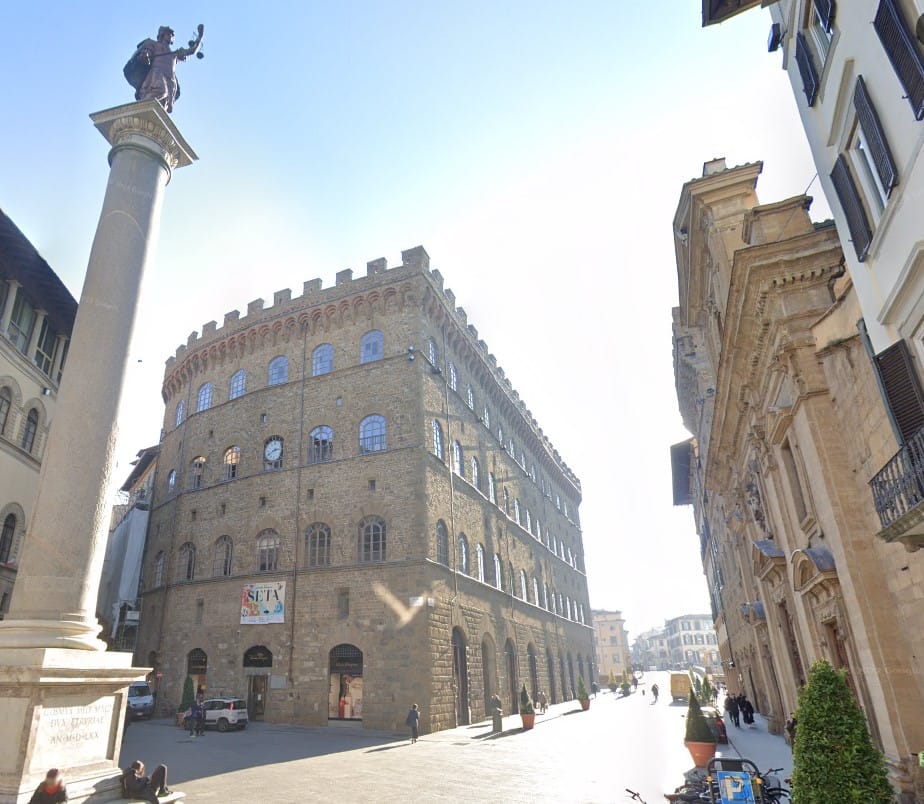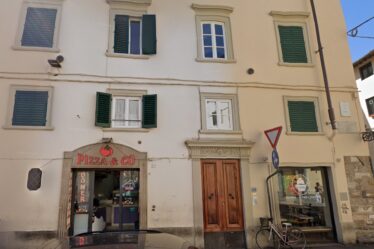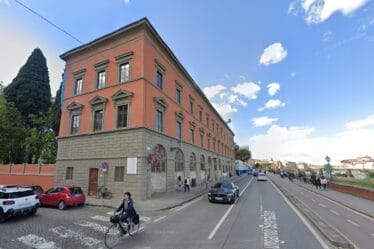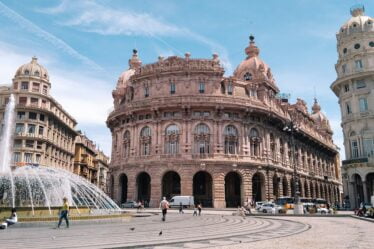

Introduction
In the hidden heart of Florence, lies a building that seems to resist both time and water. Known today as The Church Defying Floods, this small sanctuary is located at Via Ghibellina 33, right next to the convent of the Franciscan nuns of Santa Chiara. Its story is not only about religion but also about survival, transformation, and memory. Indeed, The Church Defying Floods is a symbol of resilience that still deserves attention and preservation.
A Church Against the Water
The church was originally dedicated to Saints Jacopo and Lorenzo. Throughout its history, it suffered greatly from the repeated floods of the Arno River. Yet, despite being wounded many times, it was never completely destroyed.
In the 16th century, Bishop Leonardo Buonafede decided to give it a new life. He entrusted the work to Antonio Lupicini, a skilled military engineer of Florence. With stone and ingenuity, Lupicini rebuilt and strengthened the structure. As a lasting mark of his work, he left a cartouche under the tympanum, a silent signature of someone who builds for eternity. This resilience is why the site earned the symbolic name: The Church Defying Floods.
For more about Florence’s Renaissance architects, see Great Builders of Florence.
From Sacred to Typographic
However, history often changes the destiny of places. When Napoleon arrived in Florence, many churches were suppressed or repurposed. This one, too, faced a transformation. It was no longer a sacred space, but rather an officina of books, run by the Compagnia dei Librai e Stampatori—the Guild of Booksellers and Printers.
From sacred temple to storage of paper and ink, the shift was radical. And yet, even this transformation is part of the layered story of The Church Defying Floods.
To learn more about Napoleonic reforms in Tuscany, visit Museo del Bargello.
Stones that Speak
What truly makes the church unique is the evidence carved directly into its stones. Next to a Tuscan column, dates of historic floods are still engraved, silent witnesses of the Arno’s fury over the centuries. Each mark tells the story of battles fought against nature.
The wooden portal, finely carved with religious symbols, also survives as a silent storyteller. If one stops to look closely, it almost seems to whisper the prayers and fears of generations past. Indeed, this is another reason why the site deserves to be remembered as The Church Defying Floods.
For more on Florence’s flood history, read Arno Flood of 1966.
Why Restoration Matters
Today, the site risks being forgotten. Very few people stop to notice it, and fewer still understand its historical significance. Restoring it would not only preserve its structure but also honor centuries of Florentine resilience.
After all, time can be more implacable than water. If action is not taken, the memory of The Church Defying Floods could vanish forever. A restoration would be more than just conservation—it would be an act of cultural remembrance.
To discover how Florence protects its forgotten churches, visit Opera di Santa Maria del Fiore.
Conclusion
Hidden on Via Ghibellina, this little church remains a symbol of endurance, transformation, and memory. From floods to Napoleonic changes, from sacred space to typographic workshop, its stones still speak.
Restoring and protecting The Church Defying Floods would mean giving voice once again to a story of resilience that belongs to Florence, to Italy, and to the world.



